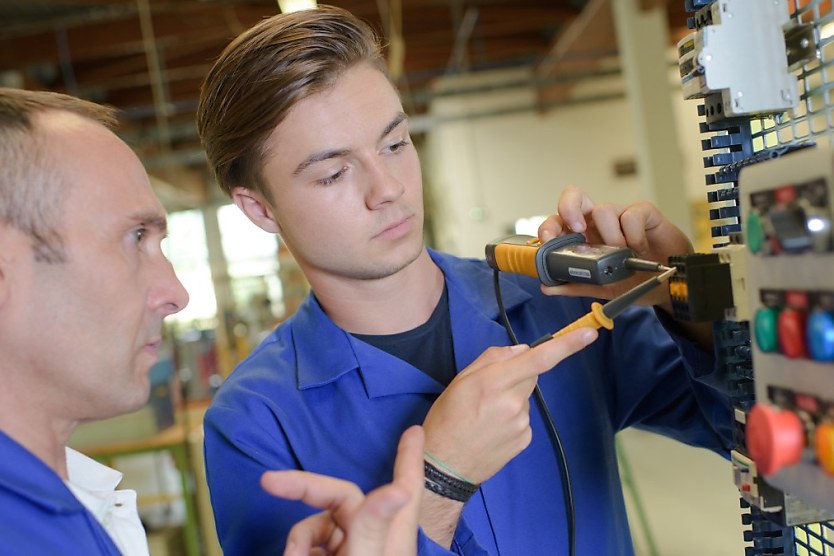
Alarm bells are going off for the electrical industry, which is in desperate need of more apprentices.
It’s not breaking news that many industries are struggling to reel in apprentices. Trade and labour shortages are skyrocketing, with the predicted deficit being 131,000 full-time workers by the end of 2024. This time, the electric workforce is ringing the alarm bells as the decline in apprentices is slowly becoming insurmountable.
The Electrical Trades Union (ETU) has called for a detailed plan to reverse this decline in apprenticeship commencements and completions amid concern about the choice of organisations to deliver important support services.
The Australian Apprenticeship Support Services, to be rolled out from 1 July, is meant to deliver strengthened support for apprentices who are at the highest risk of non-completion. Non-completion in itself is a fundamental issue affecting a majority of Aussie businesses.
According to the Australian Industry Group, no more than half the apprentices who commence an apprenticeship complete the program, and only about 40 per cent complete it with the employer they started with.
The ETU, in this matter, does not trust the provider that is supposed to be assisting the at-risk of non-completion individuals to get through their apprenticeship; they receive government funding to achieve this, yet their results have been well under par.
Michael Wright, ETU spokesperson, said there was little evidence that the providers chosen for the clean energy occupation tender could improve completion rates.
“Unfortunately, apprentice numbers have fallen while the companies chosen to deliver this program had funding, so it’s difficult to fathom why they have been reappointed. This all points to the need for a serious overhaul and a robust plan. We can’t expect things to improve if we keep using the same formula,” Wright said.
“The government’s Australian Apprenticeship Support Services program, and commitment to drive up apprenticeship completions, will face serious hurdles without a clear strategy to reverse years of failure in apprentice retention.”
The apprentice and skills shortage is a national catastrophe affecting sectors that are crucial to the Australian economy. The statistics for the electrical workforce itself are extremely damaging and don’t paint a very good picture of what’s to come.
“With a forecast shortage of 32,000 electricians by 2030, a huge drop in commencements, and female participation stubbornly low, it’s incumbent on the federal government and these support providers to set out exactly how they are going to reverse years of declining apprenticeship commencements and completions, and lift female involvement,” Wright said.
As international climate commitments continue to ramp up, the electrical workforce will be even more depended on to ensure that these goals are met. Without a clear-cut strategy to entice more young workers to join the electrical workforce, this important industry could be subject to burnout and overload.
“The electrical workforce is fundamental to Australia meeting its international climate obligations and keeping the lights on,” Wright concluded.
RELATED TERMS
The term "workforce" or "labour force" refers to the group of people who are either employed or unemployed.
Kace O'Neill
Kace O'Neill is a Graduate Journalist for HR Leader. Kace studied Media Communications and Maori studies at the University of Otago, he has a passion for sports and storytelling.










